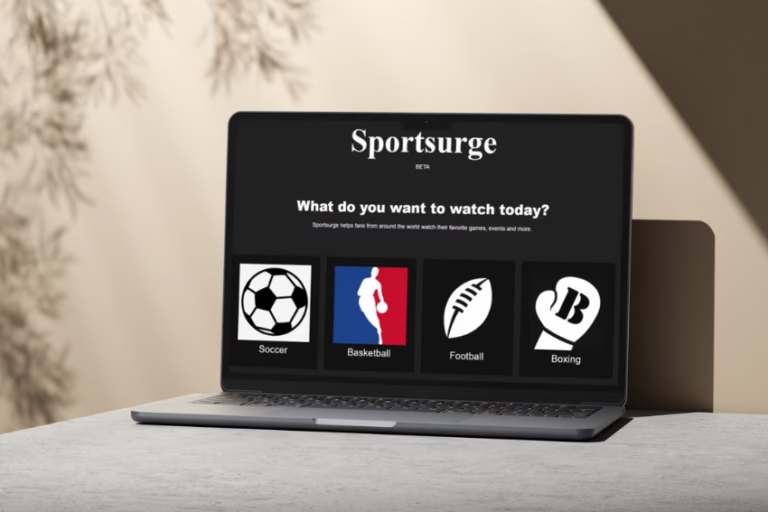Appointment Setting is an essential sales development activity. For some, an appointment setting might just be a bunch of phone calls, but it’s undeniably an important sales and marketing tool for most companies- it helps businesses grow and survive.
SalesHive offers B2B appointment setting services to help companies get the best possible leads in line with the nature of their business. This service involves cold calling and reaching out to leads over the phone, particularly key decision-makers, to schedule appointments for sales representatives to close.
The end goal of an appointment setting service is not to immediately offer a sale upfront. Instead, the primary goal is to introduce products and services and pique key decision makers’ interests to secure as many appointments as possible; more appointments booked increases sales conversion rates.
An appointment setting service also comes with a lot of benefits. It helps in finding new customers, screening prospects, and generating quality leads to help keep your pipeline full. In terms of marketing, every phone call is also an avenue to promote your products and services, which aids in increasing brand awareness, credibility, and good reputation. There may be a lot of marketing tools available online and offline, such as billboards, TV, flyers, letterbox drops, social media, and google ads but these are all considered as “scattergun” approaches. Appointment setting still remains to be relevant and a more effective tool in accelerating sales.
8 Appointment Setting Techniques
Executing an efficient b2b appointment setting campaign is a mixture of expertise and experience- it’s not easy, few people can do it, and only few people can do it really well. To execute an excellent appointment setting, here are eight essential techniques that you should consider:
Set clear KPIs
Like any other campaign, a good appointment setting strategy starts with specific, measurable, attainable, relevant, and timebound (SMART) goals or key performance indicators (KPIs).
KPIs are quantifiable measurements that demonstrate how effectively a company is in achieving its key business objectives. Companies use KPIs basically to evaluate success in reaching targets. It also provides:
- Targets for teams to shoot
- Milestones to reach
- Progress to monitor and insights that can help create better plans and decisions for the company.
KPIs also give you an overall outlook of your business performance and status. It aids in tracking key results and progress over time which can give you an idea if you’re on track in achieving your long-term goals or if necessary adjustments are needed to be made. It also allows you to see right through problems in your current system and opportunities that can be maximized.
Crafting your set of KPI metrics is crucial because these will be your basis in evaluating the effectiveness of your appointment setting campaign. Therefore, working with professional b2b appointment setting services will be of great help because their experience will surely guide you in creating valuable metrics that are SMART enough to establish achievable performance targets.
Pre-call planning
Who to call: Finding Prospects
The most crucial factor in telemarketing and appointment setting is to have an excellent list of people to call who are relevant to your products and offerings. Therefore, in creating a good call list, make sure to know exactly who you want to target and from there, identify the key decision-makers in that segment and find their updated contact details to avoid wasted calls.
Who are they: Research
Once you’ve identified your target market and individuals, start digging about their background. You will get more respect and attention from your prospects if you show them that you made an effort to find out something about them before making your call, thus making research important.
Part of the pre-call planning is researching your prospects. You can do this by asking gatekeepers for information about them, searching the web, checking out brochures, magazine features, and journals. Having enough research will also help you build a common ground between you and key decision-makers. It will also guide you in answering their concerns and queries. All these are crucial in building rapport and establishing a certain level of trust and confidence.
Helping vs. Selling
In an appointment setting, always remember that the immediate goal is to secure an appointment and not close a sale. Hence, it’s better to show your key decision-makers first that you’re willing to help them rather than sell them your products or services outright.
Always start with the premise that you have a product, service, or solution to help their company better achieve their goals or address their major pain points. Explain how your products/services can best help them but do not attempt to sell your products/services on the onset. Express your interest by listening and being curious about their business- 90% listening and maximum 10% talking. Listening thoroughly and asking relevant questions will give you an idea of how best you can relate or align your offerings to their current situation.
Being proactive also helps. Key decision-makers love to deal with setters who are thinking about how they can assist their business. Be creative and find ways to be proactive to establish good rapport and a sense of comfortability.
Importance of voice tone
In b2b appointment setting services, you communicate through words and tonality, which are vital in communicating to your prospects. Tonality contributes 75% in providing a good customer experience over the phone while words account for 25%; therefore, given the considerable percentage of your voice tone, it will be helpful to train your voice to sound and communicate pleasantly to your prospects. Some tips are:
Smile
Even though your clients can’t see you, smiling makes a significant difference in your voice. It helps you sound more friendly and approachable across the phone line, leaving an impression of “I am here to help you, not to sell.”
Word emphasis
Emphasizing particular words in your conversation, particularly adverbs, action verbs, and the term ” you” can make your voice sound more exciting about what you have to offer.
Watch your speed
It’s ideal to talk slower over the phone compared to face-to-face conversations. It’s recommended that you aim a speed of 160 – 170 words per minute. Slowing down will give your prospects ample time to absorb whatever you’re saying, and it will also provide them with an impression that you’re invested in the conversation and not in a hurry.
Stand up
Standing up while talking on the phone can boost your sense of confidence and authority in your voice which can be significant in dealing with key decision-makers. Standing up also gives you more energy and enthusiasm, which can be transferred over the phone and be felt by your prospects.
Avoid negative language
As mentioned above, words account for 25% of your conversation; therefore, your choice of words matters.
Avoid using negative language such as “We can’t do that,” “We don’t do that,” “We won’t be able to” because phrases like these can turn prospects away. You should also limit the use of the little word “but” to avoid negation. If a client objects, acknowledge it and follow with the word “and” instead of “but.” It would be best if you also changed your “why” questions into “how” questions because using “why” makes prospects feel defensive, and it can be a little bit interrogating or demanding. “How” can be less challenging and less interrogating; at the same time, it can also help increase the amount of information you get from your clients.
Use powerful words
As the saying goes, words can be powerful.
Use words that inspire, stir emotions, and capture interests to establish a good rapport with your prospects. Research from Yale University revealed some powerful words that can be used in conversations: you, save, results, proven, money, new, easy, guarantee, and so we do. These words can help make your conversations more insightful and exciting. You can also use “for you” in your discussion often to make your clients feel special. If they feel unique and valued, they are more likely to agree to have an appointment with you.
Start your cold call with interest-grabbing statements
When cold calling, you only have fifteen seconds to make an excellent impression on your key decision-makers; therefore, you need to use it wisely. Be effective by starting your conversation with “interest-grabbing” statements or what others call value proposition or unique selling point.
Key decision-makers are people who value their time. Therefore, they would only want to listen if you present a value statement to them at the start of your conversation. State some significant benefits about your offering immediately. Remember, your goal in b2b appointment setting services is to secure an appointment, so you don’t need to focus on the details of your products and services. Instead, mention results and key benefits to capture their interest, further making them want to know more.
Ask questions
Questioning is a powerful technique to get to know your prospects and build rapport when applied correctly. After capturing your prospects’ interest with your interest-grabbing statement, start asking open ended questions that begin with “What, Why, Where, When, Who, Which and How” and avoid asking questions that are merely answerable by “yes” or “no.” Good questions will help you understand your prospects even more, as well as their needs, goals, major pain points, and concerns. Knowing these will help you align your positioning to their current situation, which can aid in creating better rapport and establishing trust.
Setting appointments with key decision-makers take expertise, experience, essential techniques, hard work, and perseverance. Being an effective appointment setter doesn’t happen overnight; it takes years of practice and experience to master the craft.












+ There are no comments
Add yours